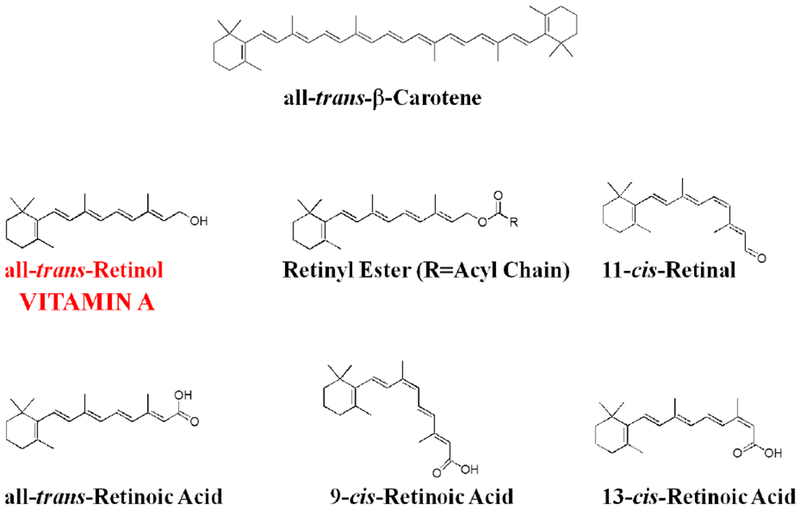Figure 1. Chemical structures for vitamin A metabolites mentioned in the text.

By definition, vitamin A is all-trans-retinol. There are a number of different retinyl esters found within the body, all of these possess long chain acyl groups. The most abundant retinyl esters in the body are retinyl palmitate, retinyl sterate, retinyl oleate, and retinyl linoleate, accounting for greater than 95% of the body’s total retinyl ester pool. Short chain retinyl esters like retinyl acetate do not occur in nature and are found only in food supplements. All-trans-β-carotene is the prototypic provitamin A carotenoid that can be enzymatically converted to vitamin A.
